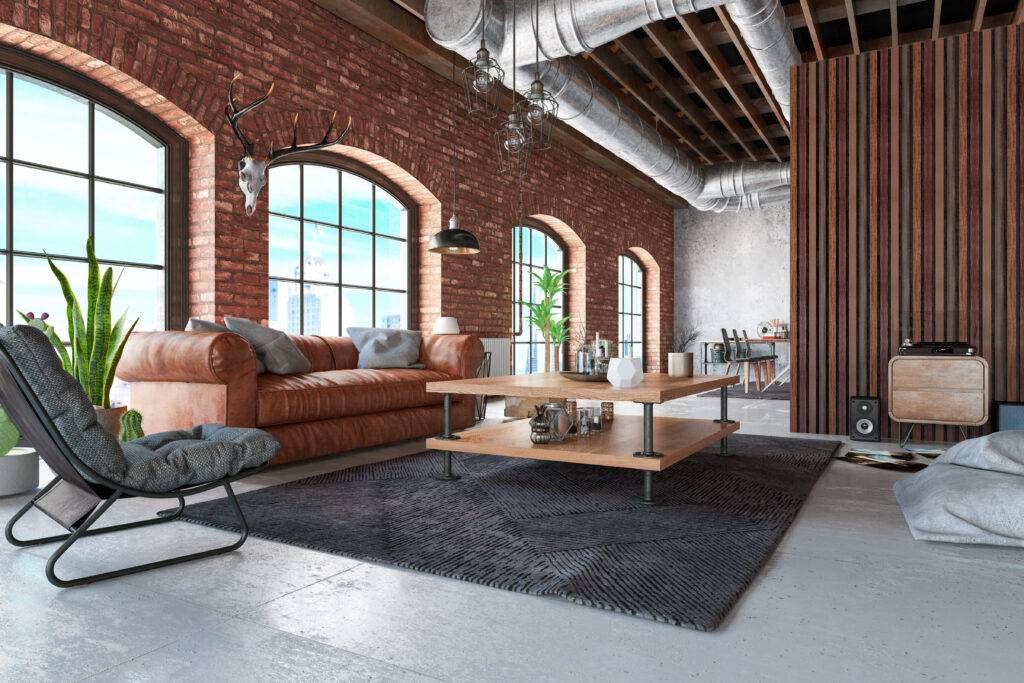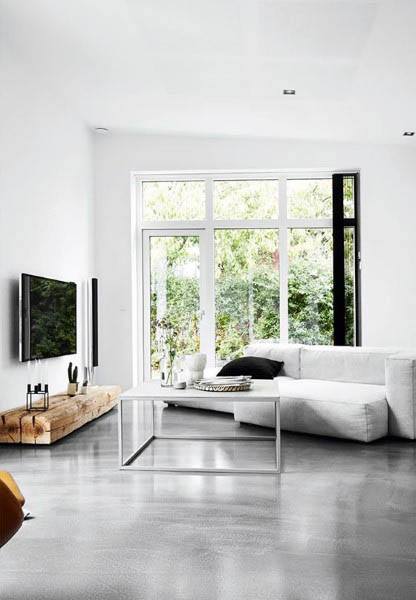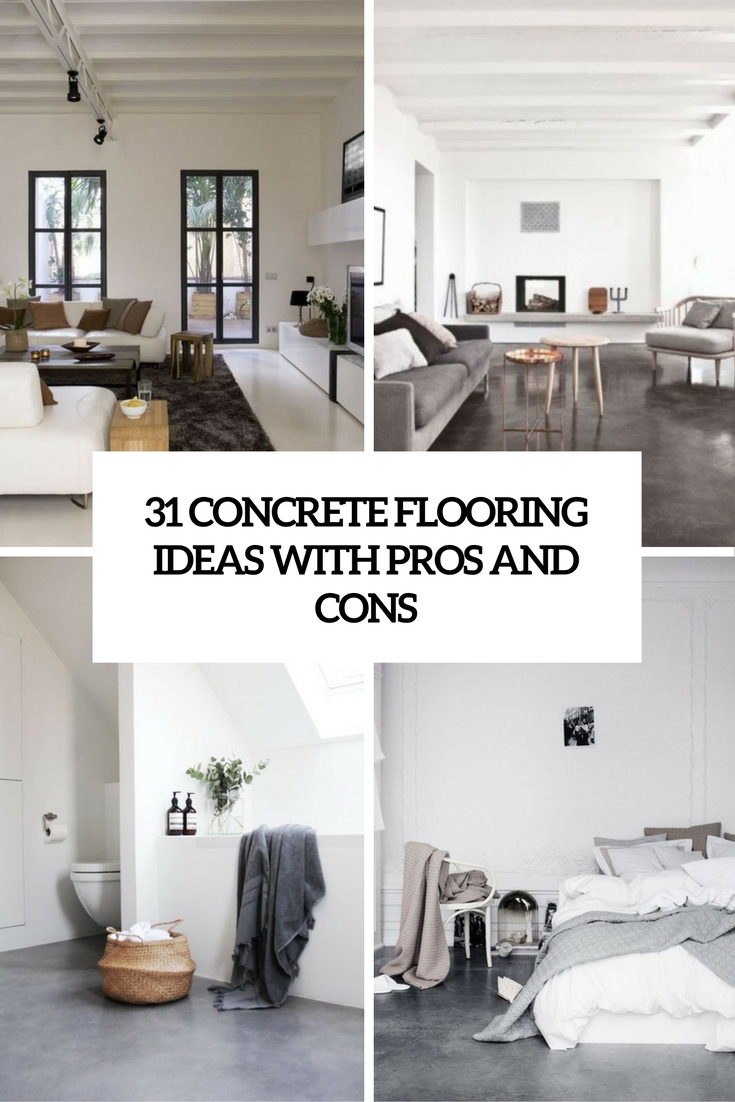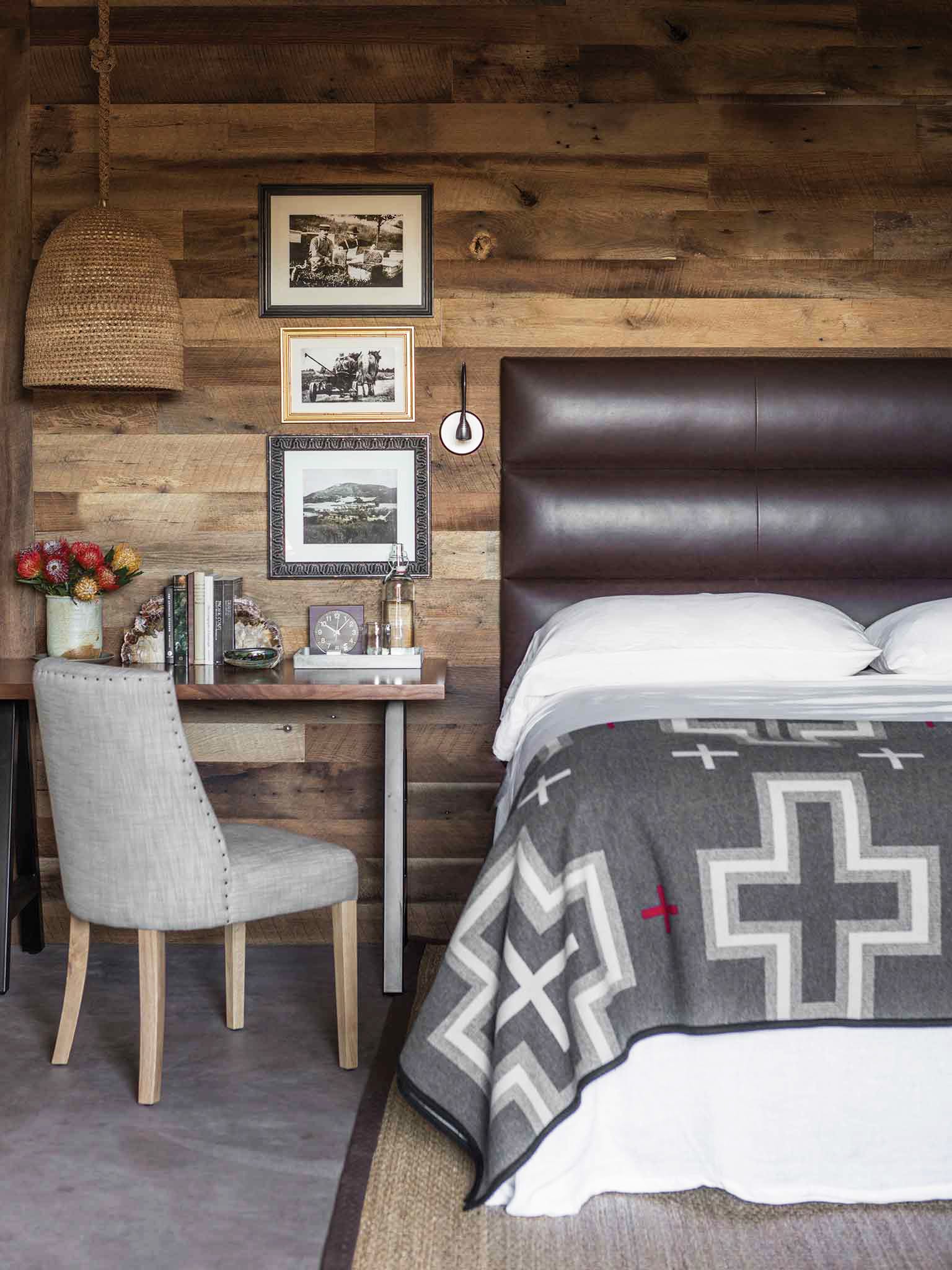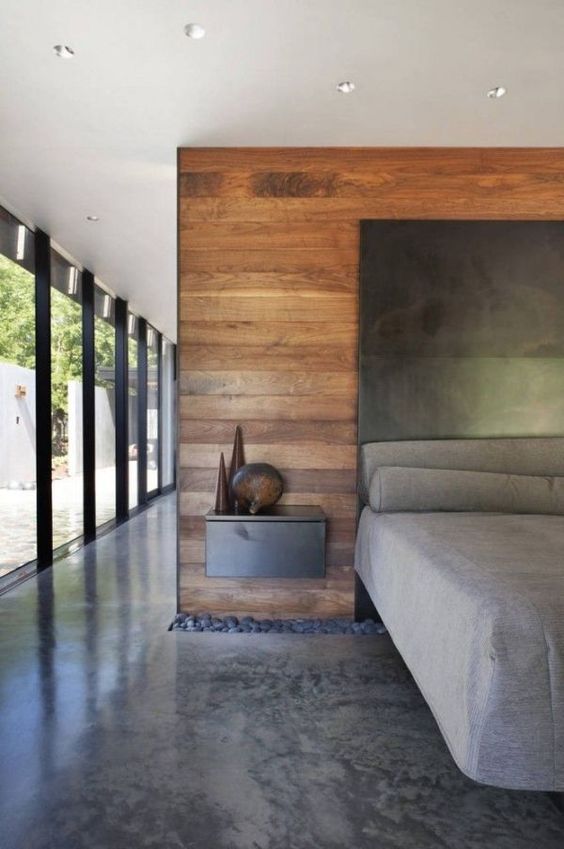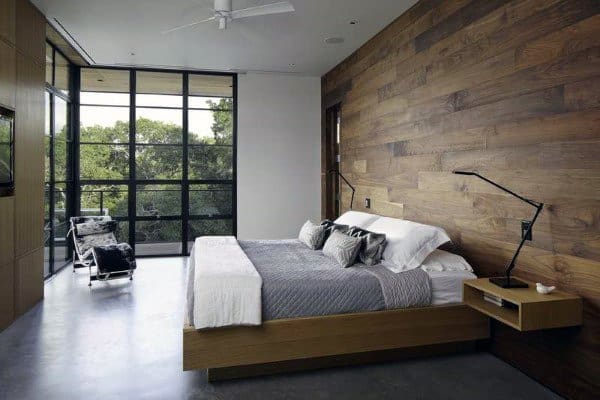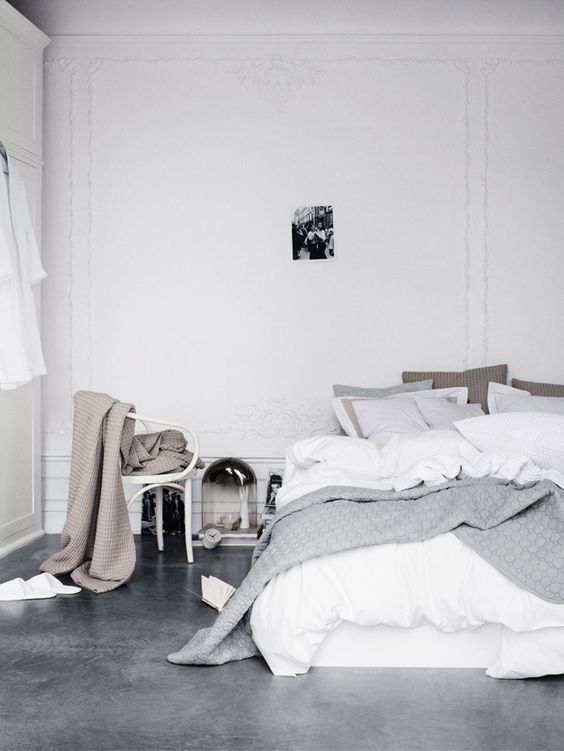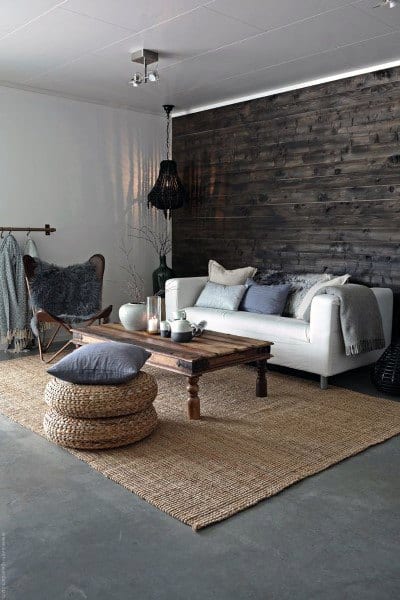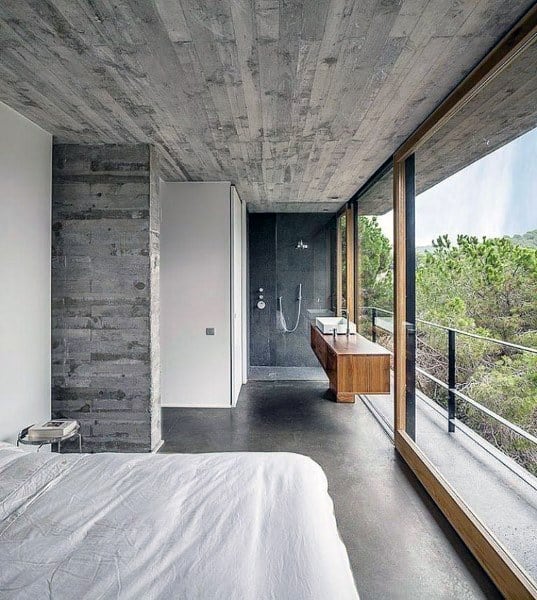Stained Concrete: Adding Rich Hues for a Modern Look
When I think of versatile and sophisticated flooring, stained concrete is one of the first options that come to mind. It’s an affordable way to elevate the look of any room while adding a sense of depth and character. Stained concrete is not only durable but also comes with an array of color choices that can blend seamlessly with your interior design theme, making it a popular choice for both modern and traditional homes. Let me walk you through some great ideas for using stained concrete to create a sleek and modern look.
- Custom Color Palettes
One of the biggest advantages of stained concrete is its ability to be customized to fit virtually any color scheme. I’ve seen spaces transformed with subtle earth tones that enhance the natural look of the material, as well as vibrant hues like turquoise or burgundy that add an unexpected pop of color. The beauty of stained concrete lies in its ability to offer a truly bespoke finish tailored to your design needs. - Marbled or Veined Effects
If you love the look of natural stone but don’t want the maintenance that comes with it, stained concrete can mimic those textures beautifully. I often recommend a marbled or veined effect that adds dimension and interest without overwhelming the room. This technique gives the floor a high-end feel, perfect for those wanting to create a luxury aesthetic on a budget. - Outdoor Elegance
Stained concrete isn’t just for indoor spaces. I’ve seen it used to stunning effect on patios, walkways, and even pool decks. With UV-resistant stains, you can ensure your outdoor concrete maintains its vibrant hue over time. Imagine a beautiful terracotta stain blending into the greenery of your garden or a cool slate gray for a modern, minimalist patio. - Matte vs. Gloss Finishes
The finish of stained concrete can dramatically alter its overall vibe. I usually recommend a matte finish for a more understated, natural look, especially in casual settings like living rooms or outdoor spaces. However, for areas like kitchens or entryways where you want a bit more polish, a glossy finish can elevate the floor and make it a focal point. - Complementing Other Materials
Another reason I love stained concrete is its versatility in complementing other materials. Whether paired with rustic wood furniture, sleek glass accents, or metal details, stained concrete adds just the right amount of warmth or coolness, depending on your color choice. It also plays well with textiles like rugs, offering a sturdy yet stylish foundation for layering décor elements. - Maintenance and Longevity
One of the best parts about stained concrete is how low-maintenance it is. A simple sweep and mop are usually all that’s needed to keep it looking fresh. If you apply a sealer, it adds an extra layer of protection against stains and wear, ensuring that your investment in this floor will last for years. It’s one of the most durable and stylish choices you can make for your home.

Polished Concrete: Sleek and Reflective Flooring
There’s something undeniably modern and chic about polished concrete floors. The sleek, glossy surface gives any space a minimalist and industrial vibe that’s perfect for contemporary homes and commercial settings. I’ve always been impressed by how polished concrete reflects light, making rooms feel brighter and more expansive. Let’s dive into why polished concrete is such a great option for a stylish, low-maintenance floor.
A High-End Look for Less
Polished concrete can mimic the luxurious feel of marble or granite without the hefty price tag. The process involves grinding the concrete surface to a high shine, creating a finish that’s both durable and beautiful. I often recommend this option for homeowners looking to achieve a high-end look while keeping their budget in check. It’s the perfect combination of style and savings.
Increased Light Reflection
One of the standout benefits of polished concrete is its ability to reflect light, which can make any room appear brighter and more open. If you have a space with limited natural light, polished concrete can work wonders in amplifying the available light. I’ve seen rooms completely transformed by this simple flooring choice, making them feel more airy and welcoming.
A Range of Sheen Levels
Polished concrete doesn’t have to be ultra-glossy. You can choose from different levels of sheen, from a subtle satin finish to a mirror-like gloss. I like to recommend a medium sheen for spaces like kitchens and bathrooms, where you want a little shine but not too much glare. For living rooms or entryways, a high-gloss finish can really make the floor stand out and become a focal point.
Durability for High-Traffic Areas
Polished concrete is one of the most durable flooring options available. It can withstand heavy foot traffic, making it ideal for commercial spaces, garages, or busy households. I’ve seen polished concrete used in everything from retail stores to restaurants because it’s so resistant to wear and tear. Plus, it’s easy to clean and maintain, which is always a bonus in high-traffic areas.
Customization with Dyes and Stains
While polished concrete is often associated with a sleek, gray finish, it’s also highly customizable. You can add stains or dyes to the concrete before polishing, creating a unique, colored floor that still maintains its reflective quality. I love the idea of using a subtle, earthy tone to warm up the space, or even a bold color to make a statement. The possibilities are truly endless.
Eco-Friendly and Sustainable
If you’re looking for an eco-friendly flooring option, polished concrete is a great choice. Since the process utilizes the existing concrete slab, there’s no need for additional materials, reducing waste. Plus, its longevity means you won’t have to replace it as often as other flooring types. I often recommend polished concrete to those looking to minimize their environmental footprint while still achieving a modern aesthetic.
Stamped Concrete: Mimicking Stone, Tile, and Wood
Stamped concrete is one of those versatile options that can completely transform a space, both indoors and outdoors. By imitating the look of materials like stone, brick, or even wood, stamped concrete gives you the aesthetic appeal of these textures without the high cost or maintenance. I’ve always found it to be a great option for those who want a detailed, textured finish without compromising on durability.
The Appeal of Stamped Patterns
One of the most attractive aspects of stamped concrete is the variety of patterns available. From cobblestone and slate to wood planks, there’s a design to suit any style. I’ve worked with clients who’ve used stamped concrete to create a rustic, wood-look patio or a grand, slate-inspired entryway. The versatility in design allows you to match your floors with the overall theme of your home.
Budget-Friendly Stone and Tile Alternatives
If you’ve ever admired the beauty of stone or tile flooring but shied away because of the cost, stamped concrete is the perfect alternative. You get the luxurious look of these materials at a fraction of the price. I often suggest stamped concrete for outdoor areas, like patios or pool decks, where the natural look of stone blends well with landscaping but doesn’t come with a hefty price tag.
Durability in All Weather Conditions
Stamped concrete holds up remarkably well, even in harsh weather conditions. Whether you live in an area with intense heat, heavy rainfall, or freezing winters, stamped concrete remains resilient. I’ve seen many outdoor installations retain their beauty year after year, making it a smart choice for areas that experience a lot of wear and tear from the elements.
Color Options for Added Depth
In addition to its patterned designs, stamped concrete can also be colored to further mimic the look of natural materials. From earthy browns to cool grays, adding color to the concrete can make it almost indistinguishable from the real thing. I’ve seen homeowners get incredibly creative with color combinations, adding depth and realism to their stamped concrete designs.
Low Maintenance, High Impact
One of the reasons I recommend stamped concrete so often is its low maintenance. Once sealed, it becomes resistant to stains, moisture, and wear, requiring just a quick sweep and occasional resealing to keep it looking fresh. For those who want the aesthetic impact of natural materials without the upkeep, stamped concrete is a fantastic solution.
Perfect for Indoor and Outdoor Use
While stamped concrete is often associated with outdoor spaces, it’s also a great option for indoor flooring. I’ve seen it used in entryways, basements, and even living rooms to create a cohesive, textured look that stands out. Whether indoors or outdoors, stamped concrete adds a layer of sophistication to any space with its natural-inspired design and durability.
Painted Concrete: Bold Colors and Patterns for a Unique Touch
When it comes to personalization, painted concrete opens up endless possibilities. Whether you want a bold, colorful floor or a subtle, minimalist design, painting your concrete floor can be the key to creating a unique, eye-catching space. I love how painted concrete allows for a truly creative touch, letting you experiment with patterns, stencils, and color palettes that express your style.
Vibrant Solid Colors
A fresh coat of paint can completely transform the look of a concrete floor. Whether you want to go with a solid, bold color like cobalt blue or a softer pastel hue, painting your concrete floor offers a chance to make a statement. I’ve seen spaces redefined with a vibrant splash of color that draws the eye and energizes the room.
Geometric Patterns for a Modern Aesthetic
One of my favorite ways to use painted concrete is by incorporating geometric patterns. From sharp triangles to intricate hexagons, the clean lines and symmetrical designs add a modern, edgy touch to any space. I love how this approach works particularly well in minimalist or industrial-style homes, where the bold patterns become a focal point.
Stenciled Designs for a Customized Look
Stenciling offers another fantastic option for decorating painted concrete floors. You can use stencils to create everything from intricate floral designs to abstract shapes, adding a level of customization that makes your floor truly unique. I’ve seen homeowners get creative with stenciled floors, turning their concrete into a canvas that reflects their aesthetic.
Layering Paint for Depth and Texture
Another technique I enjoy is layering different colors of paint to create depth and texture. You can start with a base coat, then sponge on additional colors to achieve a marbleized or textured look. This adds a sense of richness and dimension that elevates the overall design. It’s a great option for those who want a more artistic, textured floor without breaking the bank.
Sealants for Long-Lasting Color
Painted concrete does require a sealant to keep the color looking fresh and to protect it from chips and wear. I always recommend using a high-quality sealer that’s compatible with your paint choice, especially in high-traffic areas like kitchens or hallways. With proper sealing, your painted floor can maintain its vibrant appearance for years to come.
A DIY-Friendly Option
If you’re someone who enjoys a good DIY project, painting a concrete floor can be a fun and rewarding task. I’ve seen many homeowners tackle this project on their own, using their creativity to transform their space. It’s a relatively affordable way to give your home a unique, personalized look while also being a great weekend project.
Acid-Etched Concrete: Intricate Designs with a Natural Feel
For those who love intricate designs with a more organic, natural feel, acid-etched concrete is an excellent choice. It creates a subtly textured surface with beautiful patterns that look almost as though they were carved into the concrete. I’ve always found acid-etched concrete to be a great balance between artistry and functionality, offering a unique, detailed finish that elevates any space.
Creating Unique, Organic Patterns
The process of acid-etching involves applying an acid solution to the concrete surface, which reacts with the material and creates natural-looking patterns. What I love about this technique is how unpredictable and organic the designs can be. Each floor becomes a one-of-a-kind piece of art, with swirling patterns or soft, cloud-like designs that give the space a sense of individuality.
Subtle Texture and Grip
Acid-etched concrete isn’t just about looks. The etching process also creates a slightly textured surface, making it more slip-resistant than polished concrete. I often recommend this option for areas like bathrooms, kitchens, or even outdoor spaces where traction is important. The textured surface adds functionality without compromising on style.
Neutral, Earthy Tones
While you can add color to acid-etched concrete, I often find that sticking to neutral, earthy tones enhances the natural beauty of the etched patterns. Soft grays, browns, and beiges give the floor an organic, understated elegance that pairs beautifully with a variety of interior styles. Whether in a modern loft or a rustic cabin, these tones bring a calming, grounded feel to the space.
Durability for High-Traffic Areas
One of the reasons I love acid-etched concrete is its durability. The etching process doesn’t compromise the strength of the concrete, making it an excellent choice for high-traffic areas like hallways, entryways, or even outdoor patios. It’s a long-lasting solution that maintains its beauty even with heavy use, making it a practical and stylish choice.
Low Maintenance, High Style
Like other concrete flooring options, acid-etched concrete is relatively low-maintenance. Once sealed, it becomes resistant to stains, moisture, and wear. A quick sweep and mop are all it takes to keep the floor looking fresh. The added bonus is that its intricate designs and textured surface naturally hide dirt and imperfections, making it even easier to maintain.
Perfect for Both Indoor and Outdoor Spaces
Acid-etched concrete works beautifully in both indoor and outdoor spaces. I’ve seen it used in everything from sleek, modern living rooms to rustic outdoor patios. The subtle texture and intricate designs add a layer of sophistication to any space, while its durability and low maintenance make it a practical option for busy households or commercial areas.
Decorative Concrete Overlays: Transforming Old Floors
Decorative concrete overlays are like a magic trick for floors that need a facelift. If your existing concrete floor is cracked, discolored, or just looking worn, an overlay can completely transform it without the need for costly demolition and replacement. I love how overlays allow you to achieve a brand-new look while keeping your budget in check. They’re versatile, durable, and perfect for anyone wanting to refresh their space.
Reviving Worn or Damaged Floors
If you’ve got an old, tired concrete floor that’s seen better days, a decorative overlay is the perfect solution. I’ve worked with clients whose floors were cracked, stained, or just generally unattractive, and the transformation an overlay can provide is astounding. It essentially gives the surface a fresh start, allowing you to choose a new finish, texture, or design.
Endless Design Options
One of the reasons I’m such a fan of concrete overlays is the sheer variety of design options available. You can opt for a smooth, polished look, or go for a stamped or textured finish that mimics materials like wood, stone, or tile. I love how overlays give you the freedom to completely change the aesthetic of a room without the need for a full renovation.
Thin, Yet Durable
Decorative concrete overlays are thin layers of material applied over the existing concrete surface, but don’t let their thickness fool you—they’re incredibly durable. I’ve seen overlays used in both residential and commercial settings, where they hold up remarkably well under heavy foot traffic. It’s a durable, cost-effective solution for anyone wanting a long-lasting floor.
Quick and Cost-Effective
One of the major advantages of a decorative overlay is how quick and cost-effective the process is. Rather than tearing up and replacing your old concrete, the overlay is applied directly on top, cutting down on labor and material costs. I often recommend this option to homeowners who want a fast, affordable upgrade that still delivers stunning results.
Perfect for Indoor and Outdoor Use
Decorative overlays aren’t just limited to indoor floors. They’re also a fantastic option for outdoor spaces like patios, driveways, or walkways. I’ve seen them used to create beautiful, textured outdoor surfaces that look just like stone or brick, but without the high cost or maintenance. It’s a great way to enhance your outdoor living area while staying within budget.
Low Maintenance, Long-Lasting Beauty
Like most concrete finishes, decorative overlays are incredibly low-maintenance. Once sealed, they’re resistant to stains, moisture, and general wear, making them easy to care for. I’ve seen homeowners enjoy the beauty of their overlays for years with minimal upkeep, which is why I always recommend them as a long-lasting flooring solution.
Incorporating Rugs and Textiles: Softening the Look of Concrete Floors
While concrete floors are durable, sleek, and stylish, sometimes they can feel a bit too cold or industrial for certain spaces. That’s where rugs and textiles come in. I love how adding a well-placed rug can completely change the vibe of a room, softening the look of concrete floors and adding warmth and texture. Whether you prefer minimalist or bohemian styles, incorporating rugs can give your space the perfect finishing touch.
Layering Rugs for Texture and Warmth
One of my favorite tricks for softening concrete floors is layering rugs. By placing a large, neutral base rug and then layering smaller, textured rugs on top, you can create a cozy, inviting feel that contrasts beautifully with the sleekness of the concrete. I’ve seen this technique used in living rooms and bedrooms to add warmth and comfort without sacrificing the modern appeal of the concrete.
Choosing the Right Rug Material
When it comes to choosing rugs for concrete floors, I always recommend natural materials like wool, cotton, or jute. These materials not only add softness but also provide a nice contrast to the hard, smooth surface of the concrete. Wool rugs, in particular, are great for adding warmth during the colder months, while cotton and jute work well for a lighter, airier feel in the summer.
Bold Patterns for a Statement Look
If you want to make a statement, go bold with your rug choice. A vibrant, patterned rug can bring life and personality to an otherwise minimalist space. I’ve seen clients use everything from Moroccan-inspired designs to geometric patterns, turning their concrete floors into a canvas for self-expression. The key is to find a rug that complements the existing color scheme while adding a fun, bold element.
Rugs as Focal Points
A well-chosen rug can serve as the focal point of a room, especially in spaces with concrete floors where other elements might be more muted. I like to suggest using a large, eye-catching rug in the center of the room to anchor the furniture and draw attention away from the industrial feel of the concrete. It’s a simple but effective way to create a cozy, cohesive look.
Mixing Textiles for Added Comfort
Don’t stop at rugs—mix in other textiles like throw blankets, cushions, and curtains to soften the overall look of the space. I’ve found that adding layers of fabric creates a more lived-in, comfortable vibe that contrasts nicely with the sleekness of concrete. It’s a great way to add both visual and physical comfort to the room.
Easy to Swap and Change
One of the best things about using rugs and textiles to soften concrete floors is the flexibility they offer. You can easily swap out rugs to match the changing seasons or your evolving style. I’ve seen homeowners switch from cozy, thick rugs in the winter to lighter, brighter options in the summer, keeping their space fresh and updated without the need for major renovations.
Concrete Flooring Ideas With Pros And Cons
Best Concrete Floor Ideas – Smooth Flooring Interior Designs
Concrete Flooring Ideas With Pros And Cons
Best Concrete Floor Ideas – Smooth Flooring Interior Designs
Concrete Floor Ideas – Flooring Interior Designs
Related Posts:
- Polished Concrete Floors For Patios
- White Concrete Floor Tiles
- Acid Wash Concrete Floor Colors
- Concrete Floor Thickness For A Garage
- Concrete Floor For Bathroom
- Interior Concrete Floor Ideas
- Kitchen Stained Concrete Floors
- Concrete Floor Tile Thickness
- How To Stain Concrete Floors DIY
- DIY Concrete Floor Grinding

